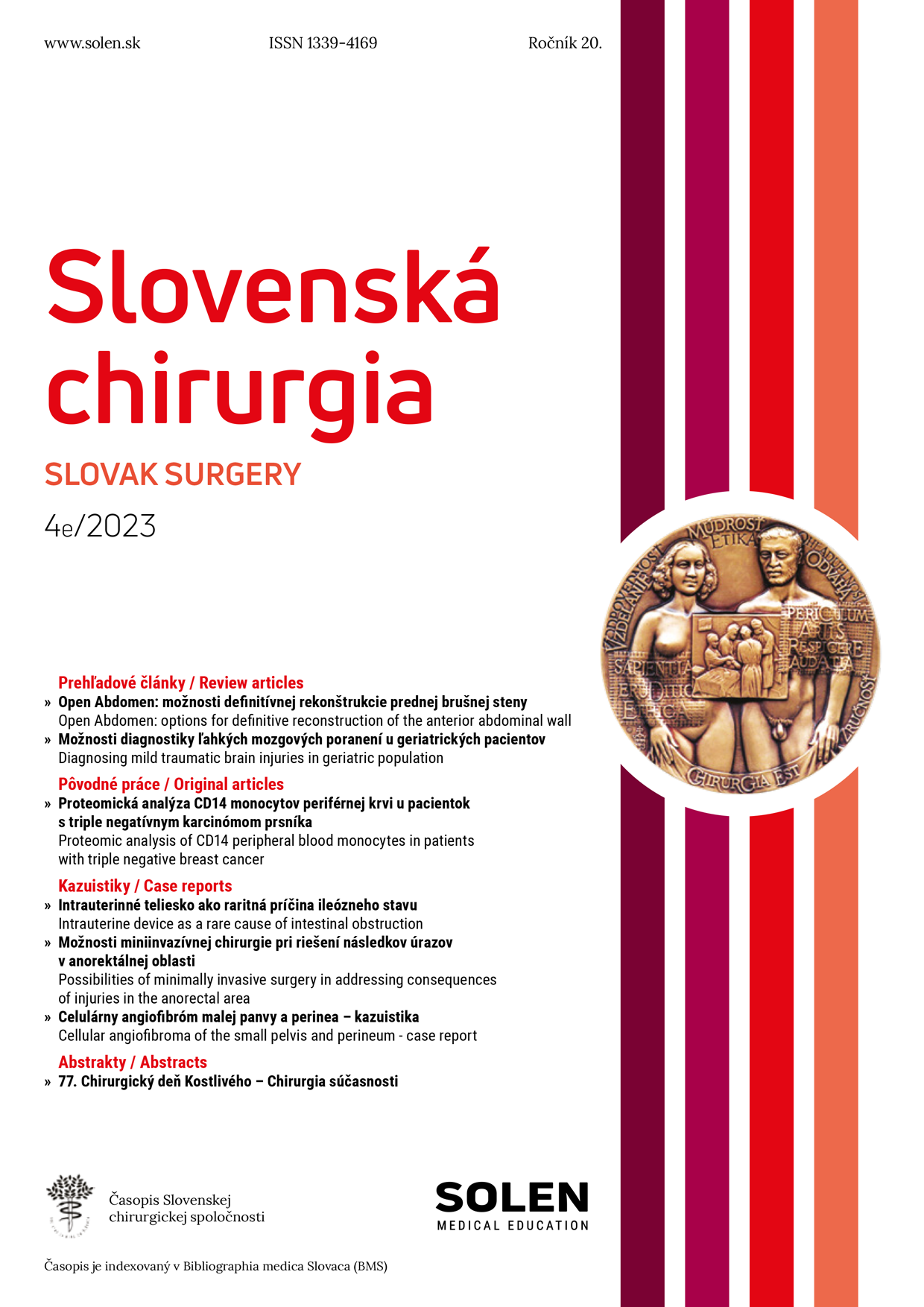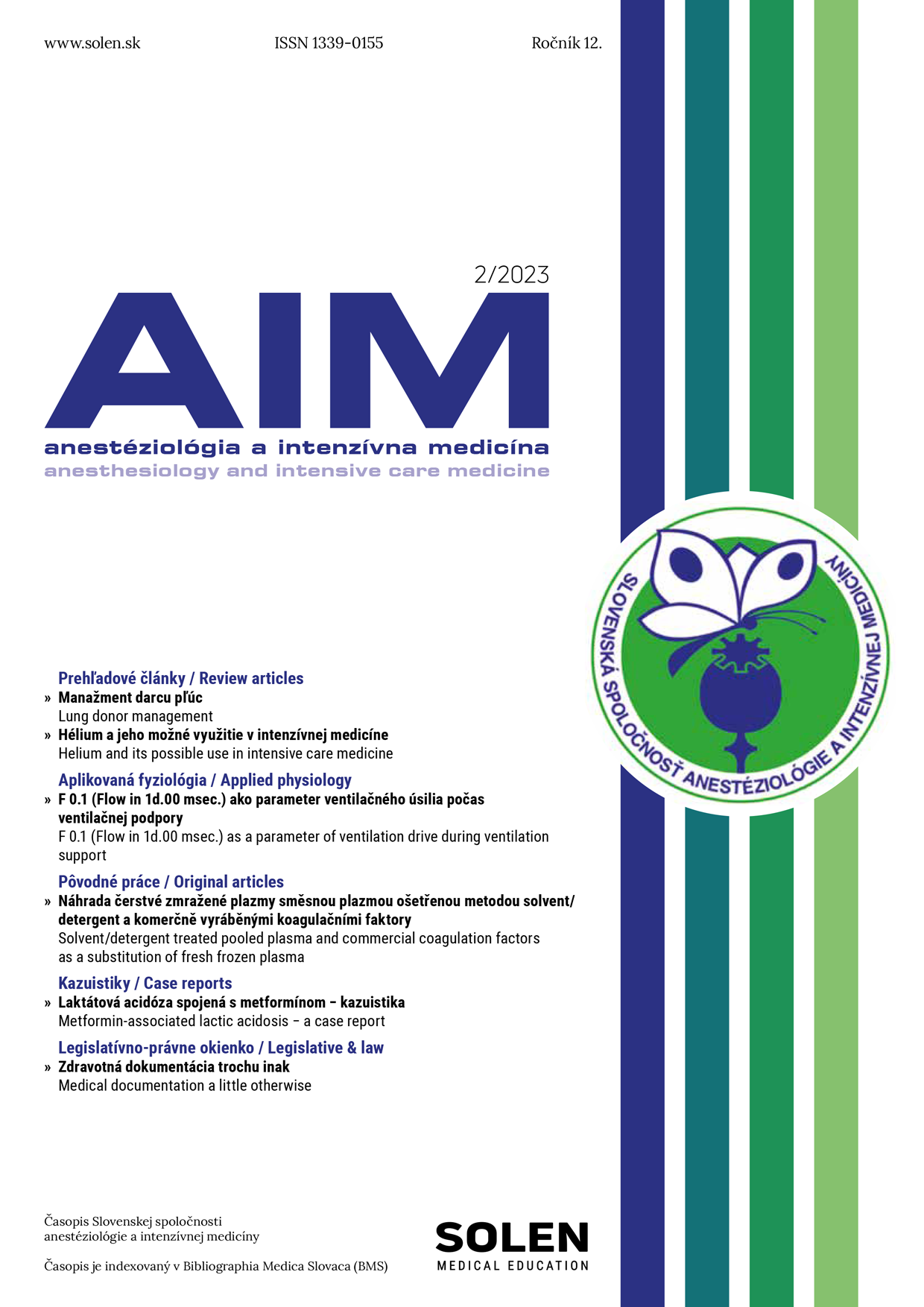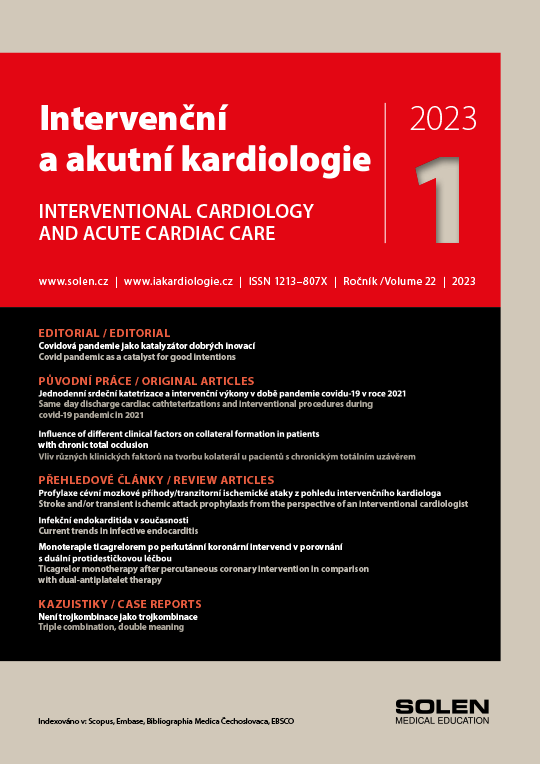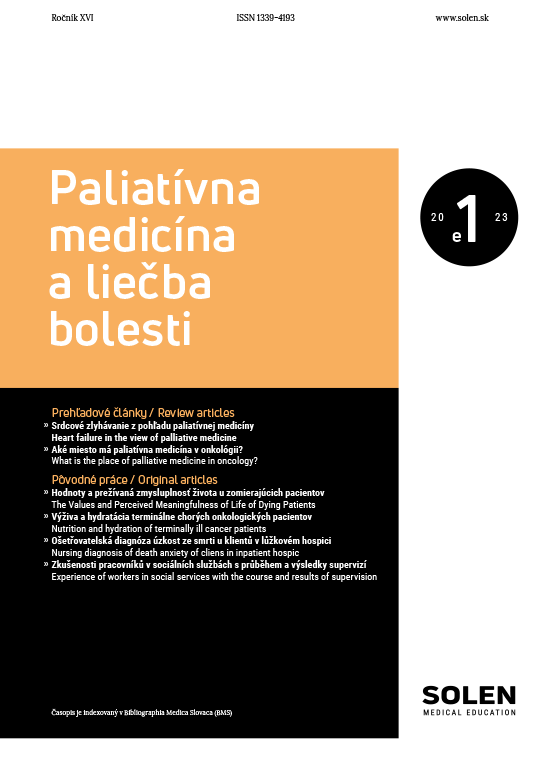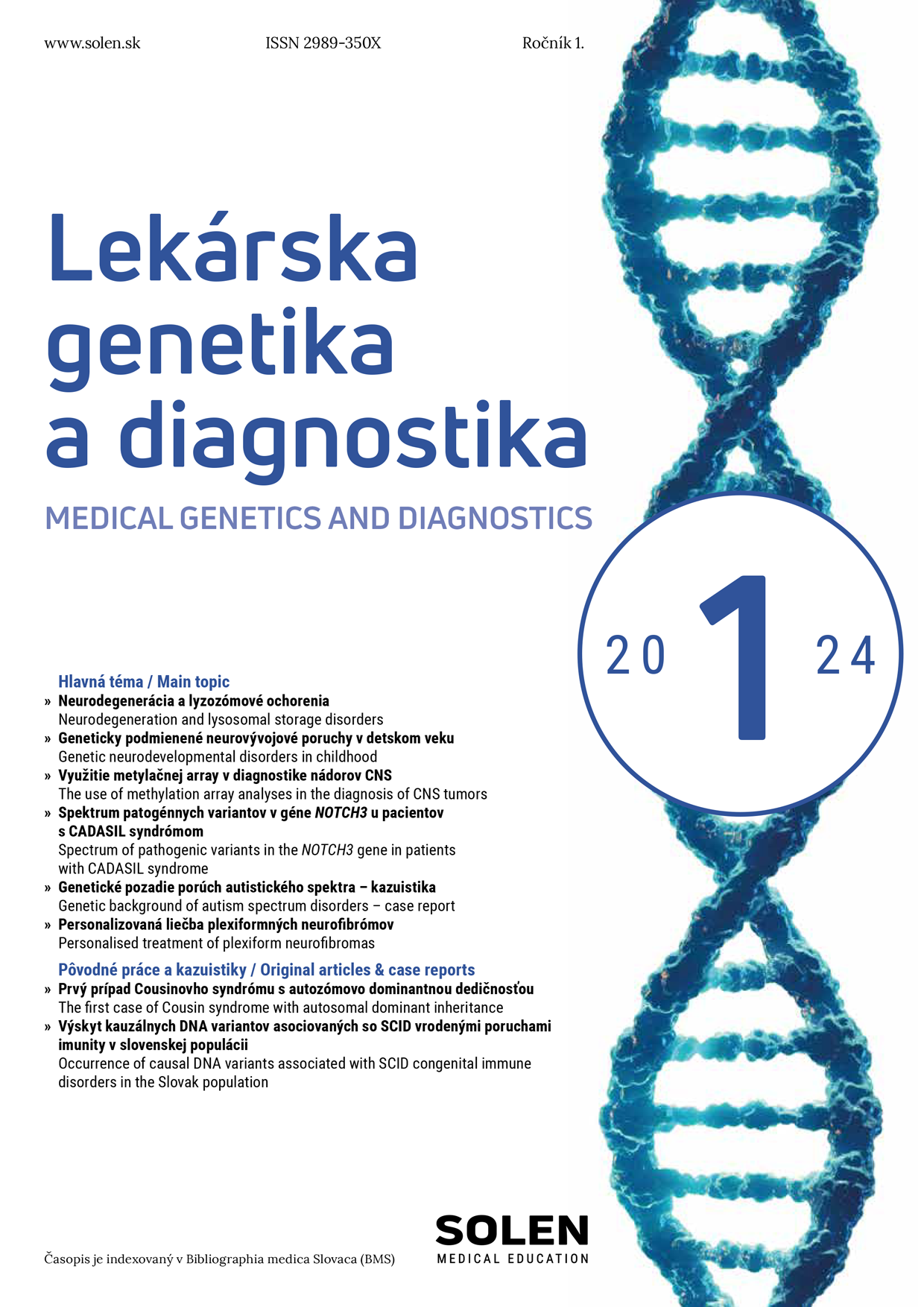Urologie pro praxi 5/2017
Endoskopie v urologii a derivace moči
MUDr. Petr Volf, MUDr. Martin Drabek
Endoskopie je minimálně invazivní diagnostická nebo terapeutická metoda. Umožňuje zjištění stavu tělních dutin nebo dutých orgánů za využití tělních otvorů nebo nepřímé cesty. Používají se speciálně upravené rigidní tubusy s optickým systémem tvořeným klasickými čočkami nebo ohebné (flexibilní) přístroje s optickými vlákny. Endoskopy umožňují diagnostiku a terapii různých patologických stavů močových cest, jako jsou nádory, cizí tělesa, obstrukce močových cest. Derivace moči znamená zajištění odtoku moči z organismu jinou než přirozenou cestou. Článek popisuje možnosti jednotlivých druhů endoskopie a derivací moči v urologii a je určen specialistům z jiných oborů a praktickým lékařům a neslouží k detailnímu popisu jednotlivých metod.
Kľúčové slová: endoskopie, derivace moči, cystouretroskopie, optická uretrotomie, transuretrální resekce, ureterorenoskopie, nefroskopie, uretrální katétr, epicystostomie, nefrostomie, ureterální stent, extra-anatomický stent, derivace moči po radikální cystektomii.
Endoscopy in urology and urinary diversion
Endoscopy is a minimally invasive diagnostic or therapeutic method. It allows to examinate the status of a body cavity or hollow organs using the body openings. Endoscopes are specially modified rigid tubes with an optical system composed of conventional lenses or flexible devices with optical fibers, which allow the diagnosis and therapy of various pathologies of the urinary tract such as tumors, foreign bodies and urinary tract obstruction. Urinary diversion means urine drainage from the body other than the natural way. Article describes the different types of endoscopy and urinary diversion in urology and is intended for non-urology specialists and GPs and is not used for a detailed description of the methods.
Keywords: endoscopy, urinary diversion, cystourethroscopy, optic urethrotomy, transurethral resection, ureterorenoscopy, nephroscopy, urethral catheter, epicystostomy, nephrostomy, ureteral stent, extra-anatomy stent, urinary diversion after radical cystectomy.


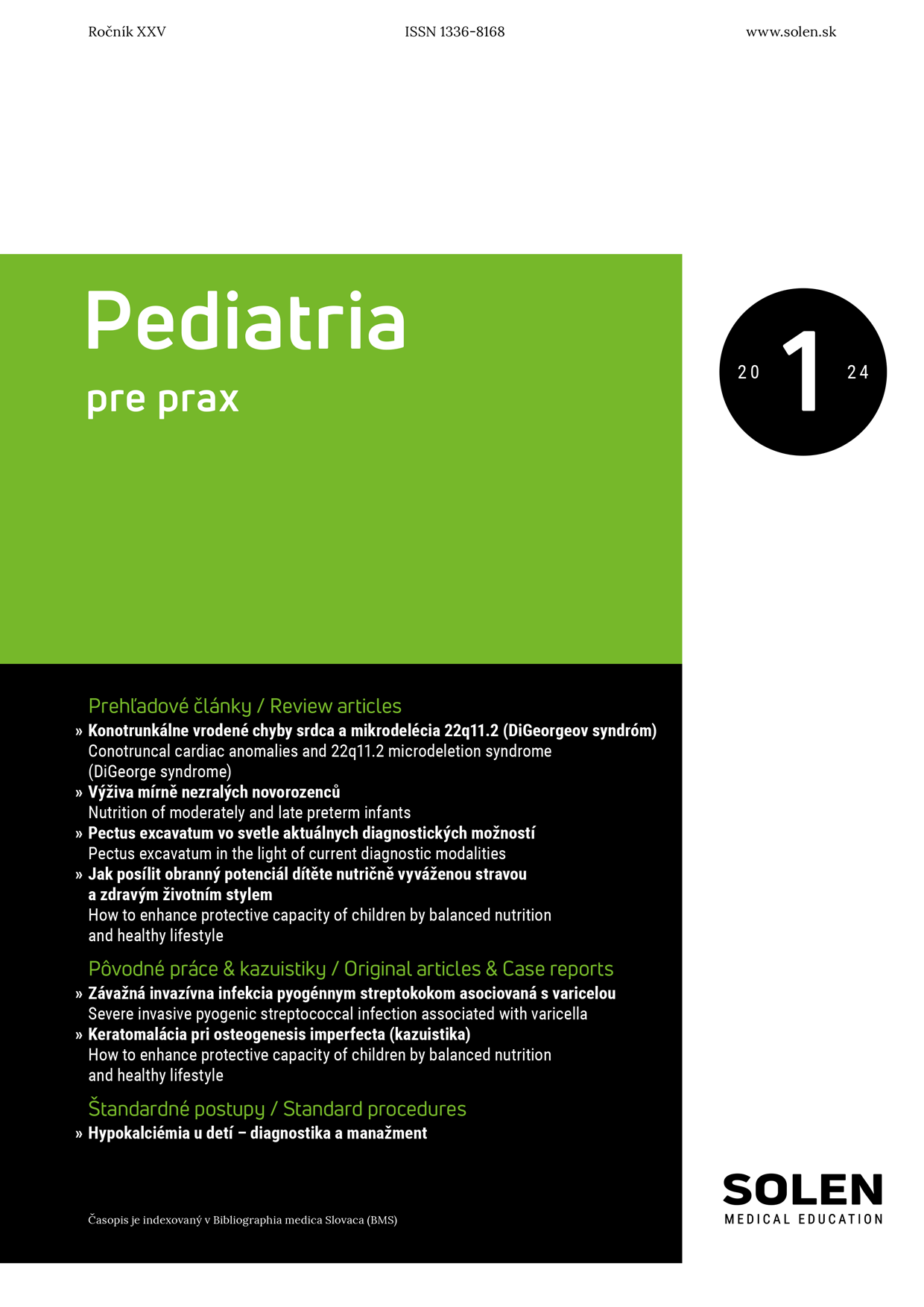
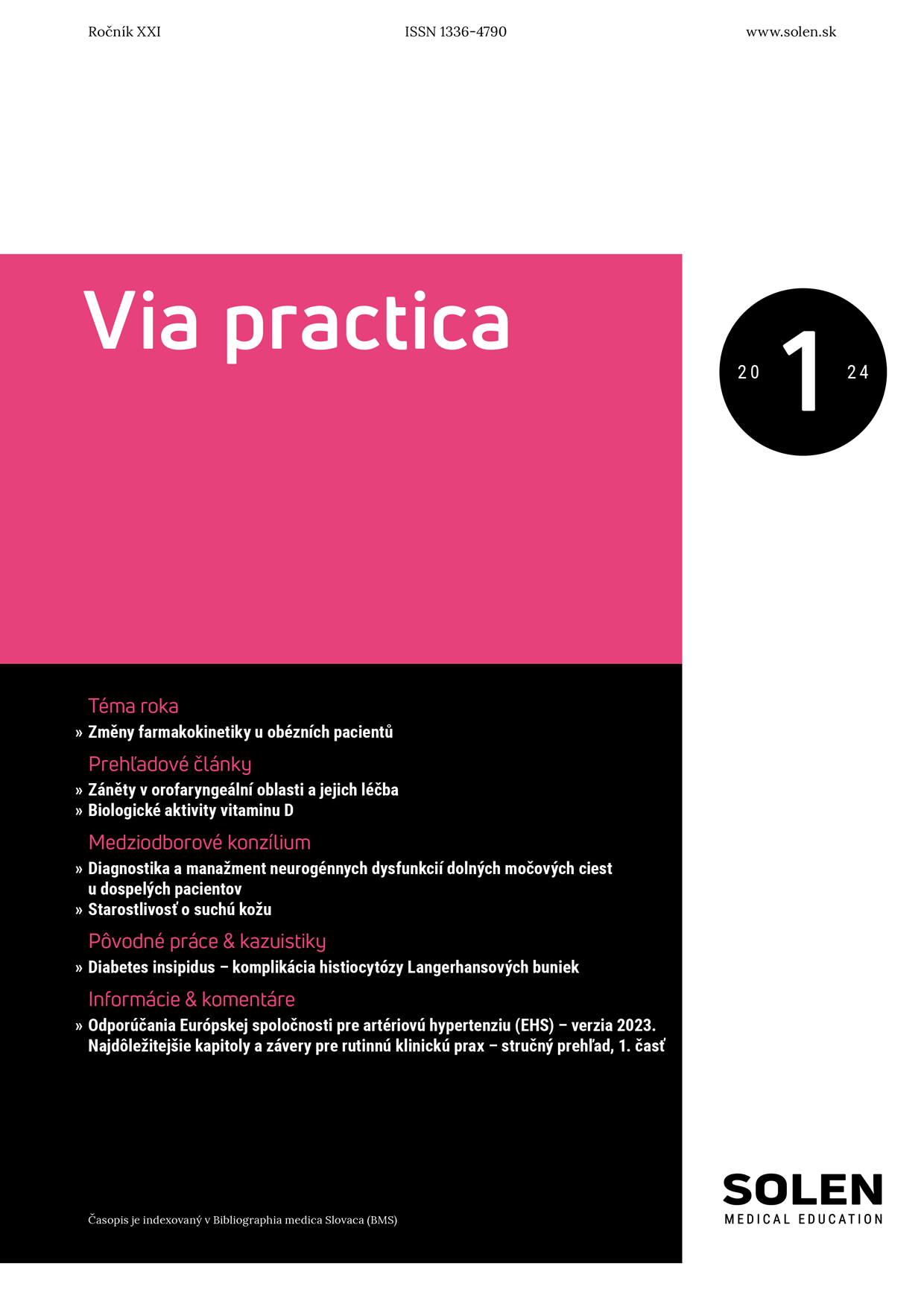
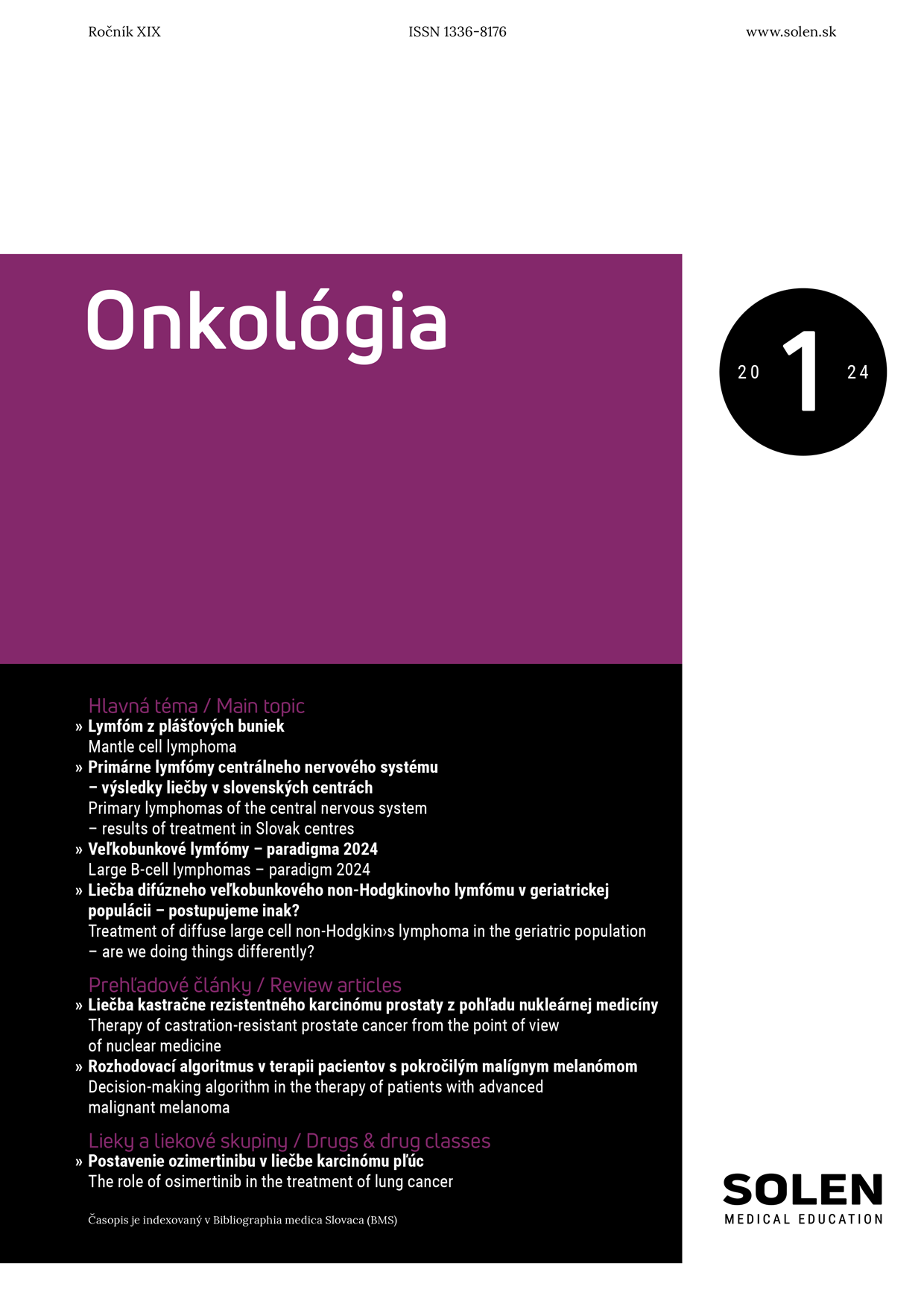
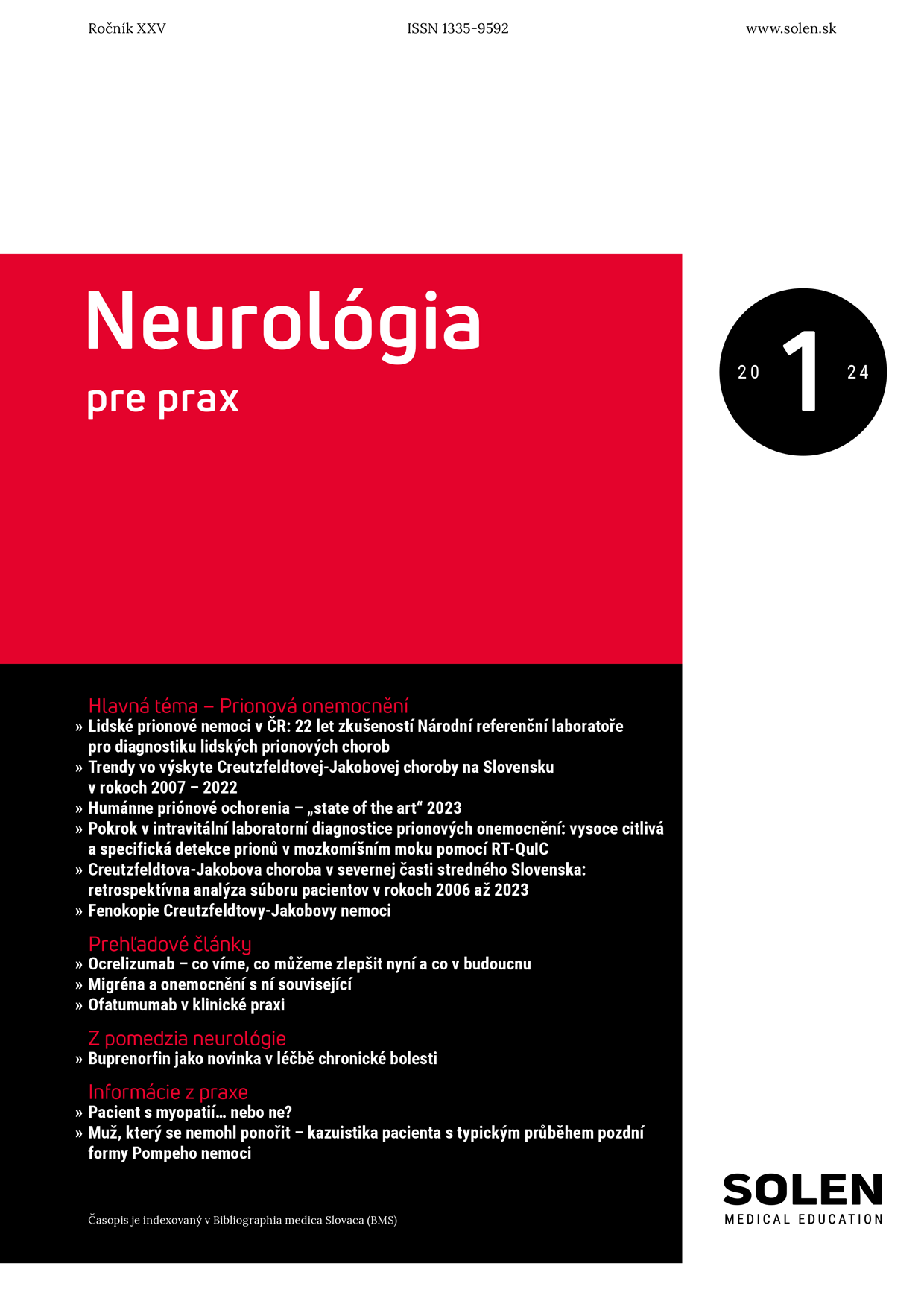
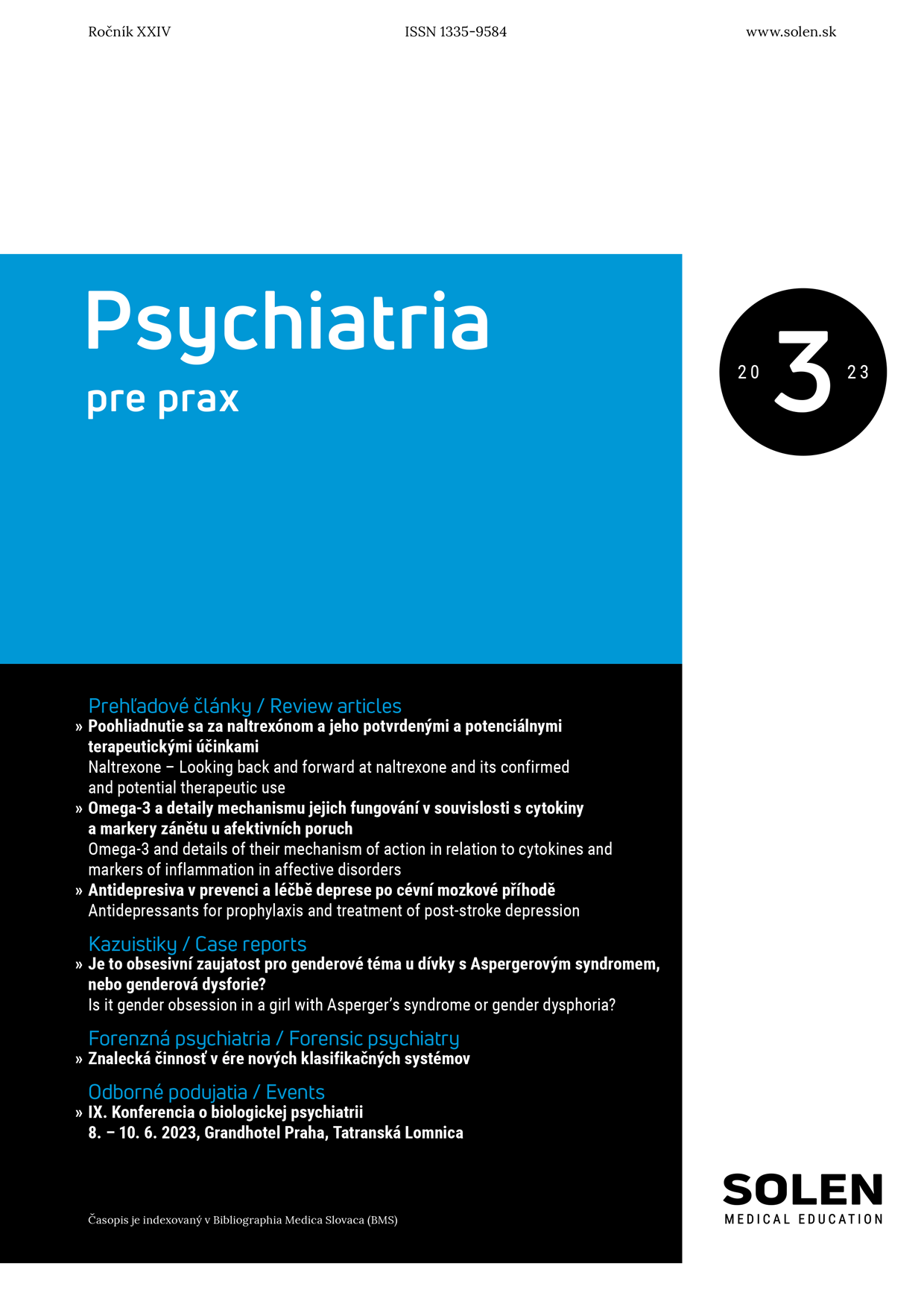
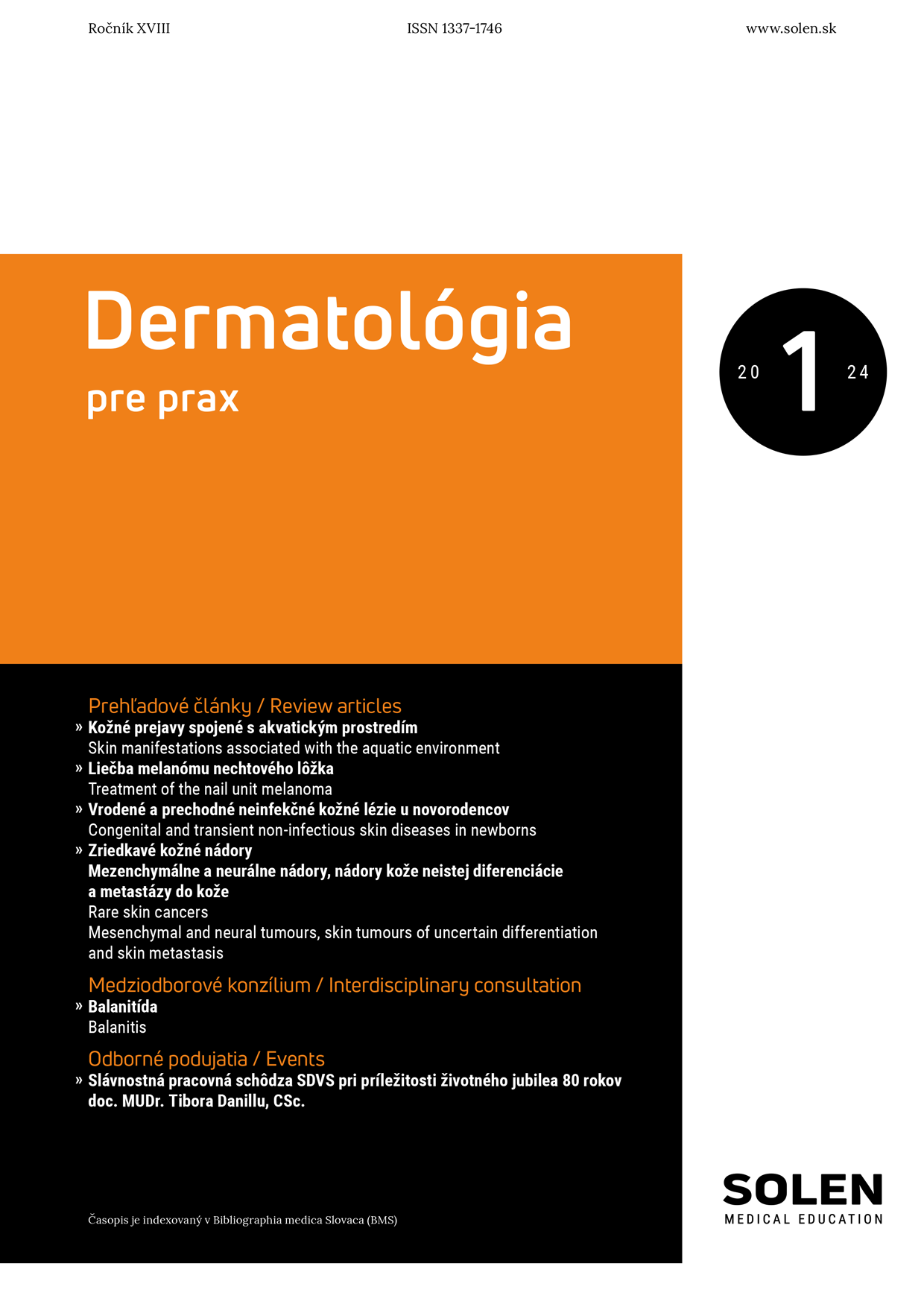
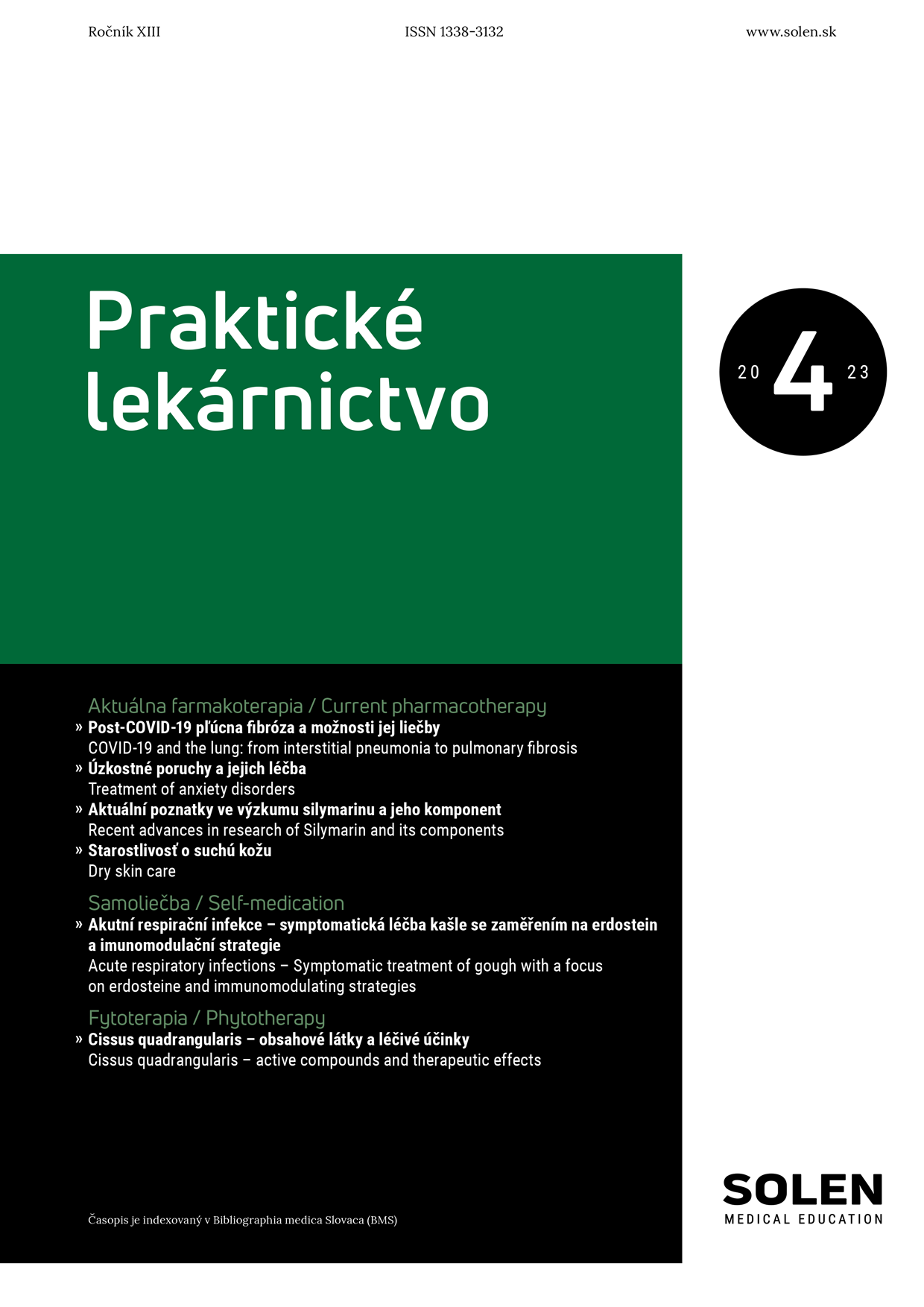
-1.png)
